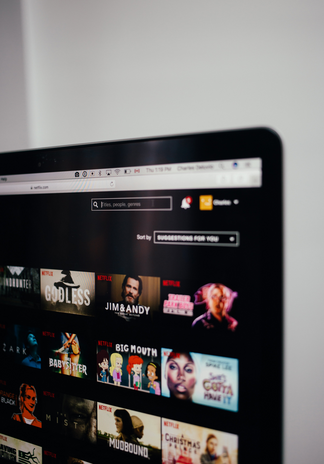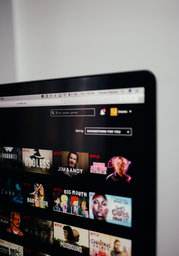From Love Quinn on the new season of You to Amy Dunne from Gone Girl to Villanelle on Killing Eve, we’ve witnessed a rise in the number of female villains on-screen and they’ve made us realize how important female villains are for representation and popular culture. And these women are complicated characters, they’re layered and it is fascinating to understand their motives and backstories. What separates these women from say, Mother Gothel from Tangled or Ursula from The Little Mermaid?
The writing. While mother Gothel and Ursula’s obsessions are very compelling, their entire character arc is reduced to jealousy and storylines that center the protagonist, which is a shame because Mother Gothel and Ursula are both very nuanced, interesting female villains to begin with. If it’s not women longing for other women’s careers, youth, and looks, the other villain stereotype is the “femme fatale” trope, where women are sexualized once again and are seen as using their sexuality to manipulate unknowing, helpless men. What makes a “good” villain then? We need to see more women who are evil for evil’s sake, and women whose characters can stand alone without the protagonist. Popular culture desperately needs women to be evil and embrace the darker parts of themselves to subvert the notions that women are inherently kind and nurturing.
“I’ve grown quite weary of the spunky heroines, brave rape victims, soul-searching fashionistas that stock so many books. I particularly mourn the lack of female villains — good, potent female villains. Not ill-tempered women who scheme about landing good men and better shoes (as if we had nothing more interesting to war over), not chilly WASP mothers (emotionally distant isn’t necessarily evil), not soapy vixens (merely bitchy doesn’t qualify either). I’m talking violent, wicked women. Scary women. Don’t tell me you don’t know some. The point is, women have spent so many years girl-powering ourselves — to the point of almost parodic encouragement — we’ve left no room to acknowledge our dark side. Dark sides are important. They should be nurtured like nasty black orchids.”
Gillian Flynn
Also, film and television have this compulsive morally-charged need to make their female villains “change” and learn from their mistakes by the end of their arcs, which defeats the purpose of a villain entirely. We should just let these villains do whatever they want, throwing any semblance of a moral compass out of the window. At the same time, it is important to humanize them, showing us that our personalities and motivations lie in these very contradictions. This is one aspect of the villain phenomenon that the new Cruella (2021) was able to perfect. They gave us a backstory and added so much depth to the Cruella we all knew and dare I say, loved from the original 101 Dalmatians.
Often, people find themselves relating to villains because that’s how people are – nobody is perfect all the time, we want revenge, we want to see characters mess up, and do bad things. While sure, we may not relate to the desire to skin and wear a fur coat made from the skin of innocent puppies or want to fake our own death and frame our families for the crime, we see ourselves in Cruella’s passion for clothes and her work ethic and we see ourselves in Amy Dunne’s dark side, also frustrated and stuck in loveless marriages with cheating husbands.


